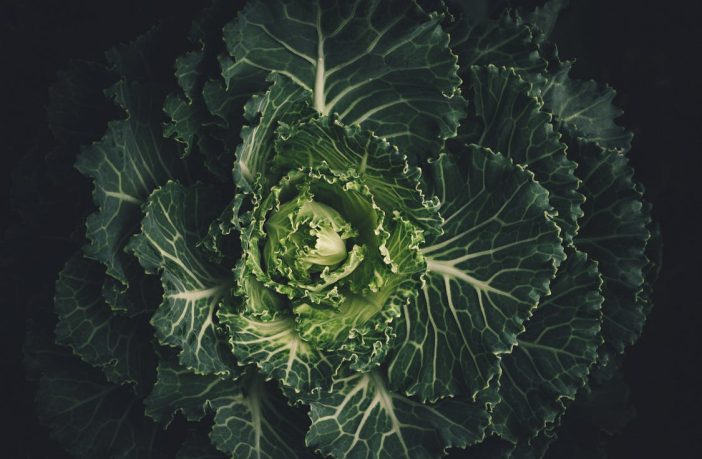- A research team at Chonnam National University in South Korea has looked at how solar power generation could be combined with broccoli and cabbage cultivation.
- The team found that the shading provided by a PV facility could improve the quality of crops.
Broccoli and cabbage need to be grown in places that receive full sun, which means between six and eight hours of sunlight per day, or very light shade. A lack of sunlight could result in thin, leggy plants.
“Because of its low light saturation points, broccoli may be a suitable crop to maximize famer’s profits and energy security through an agrivoltaic system,” the scientists said. “However, to date, there is limited information on the performance of brassica crops in agrivoltaics.”
The scientists built their agrivoltaic system with bifacial modules at a height of 3.3 meters. They achieved an average power generation per day of 127 kWh during the testing period. They claimed that their approach demonstrated the technical and economic viability of the proposed agrivoltaic solution.
“We found that the taste and the quality of the broccoli were not lower than those of a reference field without the solar array,” they said. “We also found no significant change in functional ingredients and metabolites that affect taste.”
The PV installation caused a significant reduction in the light hitting the crops, which in turn resulted in an improvement of their color.
“The color of broccoli is an important property that goes beyond appearance quality and is involved in consumers’ desire to purchase,” the scientists said.
They said that presence of the PV system reduced the agricultural yield by around 20%, compared to the reference field without solar. However, they said that the income generated by the solar array could more than compensate for such losses.
“The annual economic benefit from solar power was 10.4 times more than the broccoli production benefits,” the scientists said. “Therefore, farmer benefits will increase as they are cultivated in agrivoltaics compared to open field.”
The researchers presented their findings in “Agrivoltaic Systems Enhance Farmers’ Profits through Broccoli Visual Quality and Electricity Production,” which was recently published in Agronomy.
“In terms of land use efficiency, agrivoltaic is a good means of producing energy and food in Korea, which is a highly mountainous area,” they said.
Author: Emiliano Bellini
This article was originally published in pv magazine and is republished with permission.
















